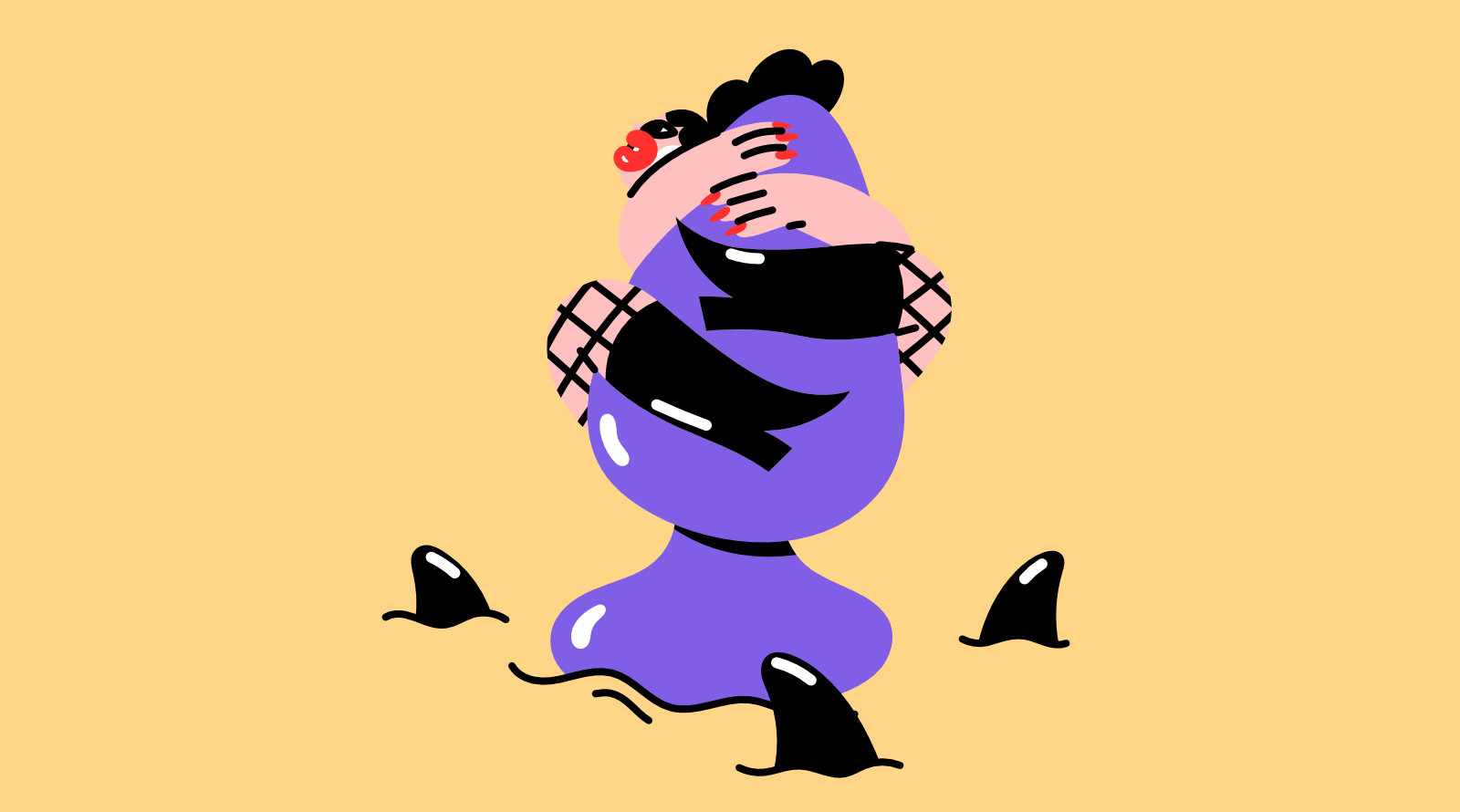Editors Note: violence against sex workers, mention of the Green River Serial Killer by name
December 17th is International Day to End Violence Against Sex Workers, a day dedicated to commemorating the victims of violence within the sex work community. Since its inception in 2003, December 17th has provided an opportunity for sex workers advocates, allies, and the wider public to recognize and address the violence that sex workers face. All over the world we come together and mourn those we have lost and to fight for a safer, healthier, and more just future for the next generation.
Originally established as a memorial for the victims of a serial killer, the day has grown into a significant milestone in the sex worker rights movement. Sex workers not only honor those lost but also amplify the ongoing struggle for dignity, safety, and rights.
International Day to End Violence Against Sex Workers started as a vigil for the victims of Gary Ridgway, the notorious "Green River Serial Killer."
Ridgway was convicted in 2003 for murdering at least 48 women, many of whom were sex workers, starting in the 1980s. He targeted sex workers because they are vulnerable. “I picked prostitutes as my victims because I hate most prostitutes and I did not want to pay them for sex,” Ridgway said after he admitted to the killings. He continued, “I also picked prostitutes because they were easy to pick up without being noticed.” And for years he got away with it. This was in part because police did not take the missing and murdered sex workers seriously, and sex workers were unable to work with the police without the risk of arrest. Sex worker rights advocates Annie Sprinkle and Robyn Few organized a memorial to bring the families of the victims together and to draw media attention to the ongoing struggle of criminalized sex workers. The first vigil brought together about 80 people on the lawn of San Francisco’s City Hall to remember the victims.
All over the world we come together and mourn those we have lost and to fight for a safer, healthier, and more just future for the next generation.
The 1990s and early 2000s were particularly difficult for the sex worker rights movement in the U.S. Advocacy efforts were often overshadowed by moral panics and the ongoing AIDS crisis, which created additional stigma for sex workers. During this period, the movement was fragmented, and prominent advocates like Margo St. James, founder of the sex worker advocacy group COYOTE (Call Off Your Old Tired Ethics), were living abroad. The "tough on crime" politics of the era, with its focus on law enforcement crackdowns, placed sex workers in an especially precarious position.
Violence against sex workers, including abuse from law enforcement, was widespread, but these crimes were often ignored or underreported. The challenges of advocating for sex worker rights were compounded by the fact that sex workers were criminalized and marginalized, making it difficult for them to speak out or seek justice when they were victimized.
In this climate, Robyn Few, an exotic dancer turned advocate, emerged as a key figure in the sex worker rights movement. Arrested in 2002 on charges related to promoting prostitution, Few’s personal experience with the criminal justice system fueled her desire to create change. In October 2003, she founded SWOP-USA (Sex Worker Outreach Project), a national grassroots organization dedicated to advocating for the rights and safety of sex workers. It was through SWOP that the first International Day to End Violence Against Sex Workers was formally organized in December 2003.
Few’s activism drew on her experience not only in sex work but also in other social justice movements, such as the medical marijuana campaign in California. Her partnership with fellow organizer Stacey Swimm and mentorship from veteran activists like Carol Leigh (also known as the "Scarlet Harlot") helped create a strong foundation for SWOP-USA, which remains the largest sex worker rights organization in the United States today. SWOP-USA also continues to compile the list of names of sex workers who have been lost in the last year, creating a resource for sex workers all over the world to observe this annual vigil.
Violence against sex workers, including abuse from law enforcement, was widespread, but these crimes were often ignored or underreported.
Annie Sprinkle, a renowned performance artist and sex worker advocate, also played a pivotal role in the first observation of December 17th as a day of remembrance. Sprinkle, who had earned a PhD in human sexuality, was an influential figure in both feminist and sex worker rights movements.
Sprinkle’s vision for December 17th was to create a space for healing and community. As a self-described ritualist, she emphasized the importance of holding vigils, sharing stories, and lighting candles to honor the dead. The idea for a day of remembrance was modeled after the International Day to End Violence Against Women, connecting the struggles of sex workers to broader feminist concerns about violence and safety. Through Sprinkle’s leadership, the day became not only a memorial, but also an opportunity to bring advocates together and educate the press.
In 2003, the day was marked by events in multiple cities, including Berkeley, Greensboro, Brussels, and Manchester, reflecting the international scope of the movement. The impact of these gatherings has been profound, creating a space for sex workers, their allies, and the public to come together, share stories, and challenge the stigma and discrimination that contribute to violence.
One of the key messages of December 17th is that sex workers are part of our communities. Their lives matter, and they deserve the same protections and rights as everyone else. As Annie Sprinkle wrote, "Violent crimes against sex workers go unreported, unaddressed, and unpunished." December 17th serves as a powerful reminder that this must change.
International Day to End Violence Against Sex Workers continues to grow and adapt. The day has become a cornerstone of the sex worker rights movement, providing an accessible entry point for new activists, allies, and community members. It has also fostered a culture of public mourning, allowing sex workers to gather, share their stories, and find strength in each other.







